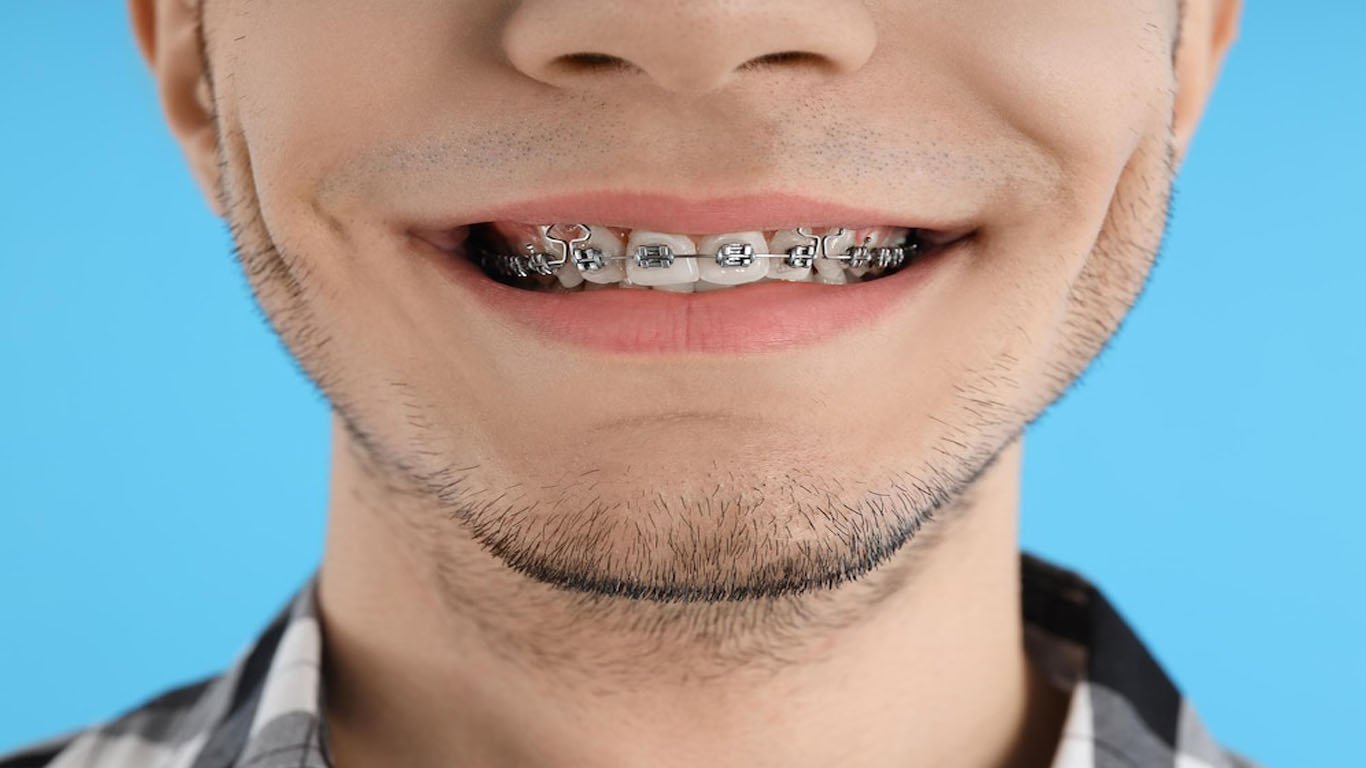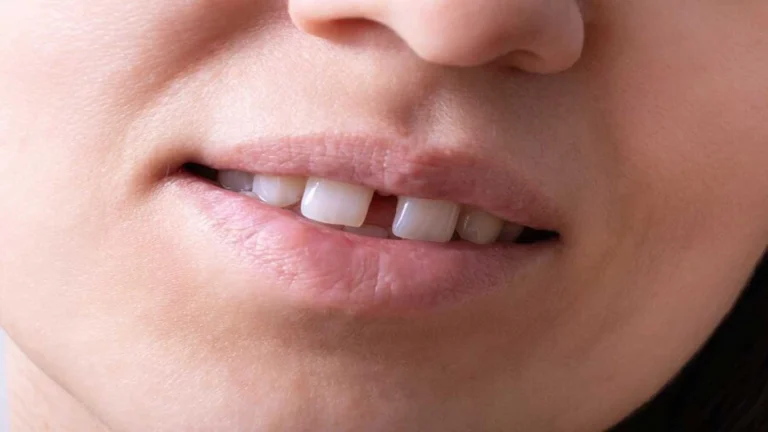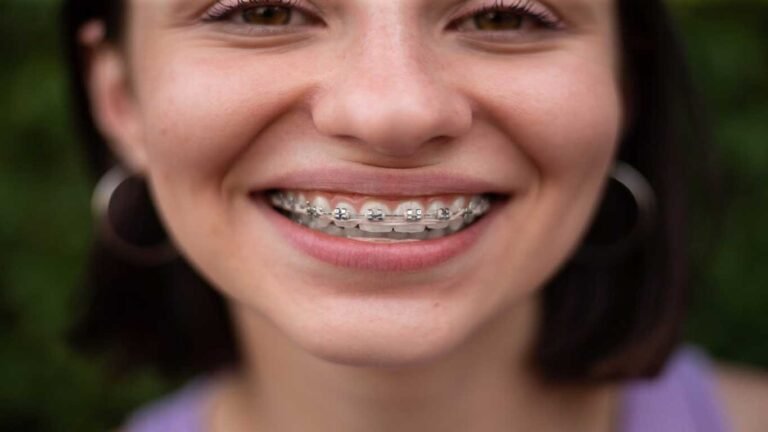Metal wires and brackets (traditional braces) move and straighten your teeth. Elastics, if needed, are a significant part of the treatment. They are attached to some of your brackets to help adjust your bite and in some cases, align teeth.
An alternative treatment for braces is Invisalign, which uses clear plastic aligner trays to create a beautiful smile. Your orthodontist might advise you to wear elastics together with Invisalign. Similar to how they do for conventional braces, these elastics help apply force to particular areas of your mouth.
Keep reading to find out more about Invisalign with elastics and Invisalign vs. braces.
The purpose of Invisalign elastics
Invisalign, other clear aligners, and traditional braces all help align your teeth but don’t change the way your upper and lower teeth meet each other. On the other hand, elastics apply force on your teeth in particular conditions to correct bite problems like overbite or underbite. Based on your bite condition, they are arranged in different patterns to offer the best treatment.
Overbite Treatment by Invisalign Elastics
Overbite is the most common type of bite condition (class II malocclusion). It occurs when the molars of your bottom jaw are farther back than the molars of your upper jaw. This causes your upper jaw to project forward.
More valid studies show that Invisalign is an effective way to improve mild overbite in adults because it makes use of elastics that are fastened to your lower teeth and upper canines.
Invisalign elastics for Underbites
An underbite occurs when molar teeth on the bottom jaw shift forward compared to the molar teeth on the upper jaw. In some cases, Invisalign can treat underbites using elastics that hook from the upper molars to the lower canines.
Treatment of Anterior Open bite with Invisalign Elastics
An anterior open bite occurs due to the outward slant between the front upper and lower teeth that causes them to not touch each other comfortably when the mouth is closed. Invisalign elastics can potentially be an efficient way to treat mild open bites in teenagers and adults. However, this will differ from case to case depending on the cause of the open bite and its severity.
How to take care of your mouth while wearing elastics
You need to change your elastics regularly because elastics will lose their elasticity over time. Your orthodontist may ask you to change them 2 or 4 times per day, at the very least every 12 hours, even if they are not broken. If you are not at home and cannot wear the fresh elastics, it is better to use the old ones than to wear nothing. Remember, you should keep your Invisalign aligners clean. Here are some ways to show how to look after your oral hygiene while you have Invisalign in your mouth:
- Avoid harsh cleansers like denture cleaner, toothpaste, scented soap, or mouthwash on your trays.
- When eating and drinking (except water), remove your aligners.
- When your aligner is in your mouth, try to drink nothing except water.
- Do not clean your trays with hot water. Rinse them with cold water each night.
- Keep brushing and flossing regularly, but watch out for any buttons in your mouth. For this purpose, use a soft-bristled toothbrush to avoid any accidental damage.
- When you are not using your aligners, store them in their protective case.
- To clear away any food particles stuck to your trays, use a gentle liquid soap and a soft-bristled toothbrush.
Some matters concerning Invisalign
Invisalign vs. braces: Which is faster?
The timing of your treatment will vary depending on your specific case and personalized treatment goals. Minor misalignments can be treated by Invisalign in 6-12 months, while treatment for severe crowding and bite issues may take 18-24 months. So, it is crucial to follow your orthodontist’s recommendation to obtain the desirable bite as quickly as possible.
Invisalign vs. braces: How does Invisalign work?
Invisalign is one brand of clear aligners (or invisible aligners), an orthodontic device for correcting misaligned teeth. Clear aligners are custom-made and consist of a particular medical-grade plastic to guide teeth in the proper position by applying pressure to them. The ideal substitute for conventional metal braces is a set of clear or invisible aligners.
Invisalign vs. braces cost 2022.
Based on the official Invisalign website, the prices of braces and Invisalign are about comparable. However, more severe cases need more time for treatment and, consequently, more materials, adding to the total cost.
Braces vs. Invisalign pros and cons
The pros of Invisalign
It looks better. People hardly notice you are undergoing orthodontic treatment, and you do need to worry about your smile shape in photos.
You can take them out when you are eating, flossing, and brushing. For the best results, you need to wear Invisalign for about 20 to 22 hours per day. However, you can take them out when eating, brushing, and flossing.
It needs fewer appointments. Much of the orthodontic work is done in a laboratory before wearing Invisalign aligners, using a 3D scan of your teeth. Because there is no need for adjustments, visits to orthodontics are kept to a minimum, and consequently, less time off from work, school and your leisure time.
Wearing it is comfortable. Invisalign retainers are less painful, cause fewer mouth and gum problems, and don’t cut the inside of the cheek because they are made of special plastic. The cons of Invisalign
The cons of Invisalign
Discipline is heavily required. The Invisalign aligners should be put back in the mouth immediately after eating or brushing. You need to wear them for about 22 hours per day to obtain the desired results. Otherwise, your treatment may take a long time.
Putting on and taking off the aligners can be inconvenient. Before eating and drinking anything (other than water), the aligners need to be removed. This can be troublesome for some people, especially when they are in public. Moreover, before replacing your aligners, you need to brush and floss your teeth because food particles can stain your aligners, stop your teeth from moving in the proper direction, and increase the risk of cavities and bad breath.
The advantages of braces
- Suitable for almost all types of treatment,
- It definitely leads to a perfect result due to more force being applied to move teeth into the desired position.
- There are multiple types of braces (metal, lingual or ceramic braces)
- Possibly faster treatment time in cases like closing gaps and aligning teeth.
Brace disadvantages
- They are easily noticeable.
- Difficulty in brushing and flossing
- Follow the special diet and stay away from any sticky or hard foods that cause the breakages.
- You must see your orthodontist regularly.
The effectiveness of Invisalign vs. braces
Invisalign is not always the best treatment, especially in severe orthodontic cases. Your orthodontist will advise you on the best treatment for your own case and make you aware of which type of treatment is suitable for you.
Some patients need attachments for most of their teeth or just a couple to grip and move teeth in the proper direction. The button-like attachment looks like clear braces, and their color is similar to the color of your teeth.
Invisalign vs. braces for kids
Despite the remarkable advances in Invisalign and clear braces; metal braces are usually hte best option for kids, and they aren’t going extinct anytime soon! That’s because metal braces are strong enough to withstand almost all types of orthodontic treatments. Moreover, modern metal braces are sleeker, smaller, and even more polished than before.
The advantages of metal braces for kids
- The affordable option
- Does not result in speech impediments.
- Tried and tested.
- No compliance issues.
- Strong and durable.
- At each appointment, they can be customized and decorated with different colors.
The disadvantages of metal braces vs. Invisalign
- Have difficulty with oral hygiene like brushing and flossing.
- You have to avoid hard, sticky, or crunchy foods.
- When playing a sport, a mouth guard is required. They are noticeable.
- They can cause minor discomfort to the cheeks, especially during the first weeks.
Clear braces vs. Invisalign
Clear braces are permanently attached to your teeth till the end of your treatment, while Invisalign braces can be taken out during eating, drinking (everything other than water), brushing, and flossing. Please note that you should wear Invisalign aligners for about 22 hours per day and be consistent. If you don’t wear your aligners as per your orthodontists’ instructions, it can lead to prolonged treatment times and in some cases, added costs.
Invisalign or braces for adults, which are better?
Braces are the better option for severe cases. Invisalign and other clear aligners are the perfect solutions for mild-moderate cases.
Invisalign vs. braces: which one is the better choice for you?
At York Orthodontics, we answer all of your questions about the distinctions between Invisalign and brace treatment. We’ve stacked these two against each other to give you a complete picture of your treatment options so you can make an informed decision about your smile.
Lastly, no matter which treatment you choose, getting a beautiful smile transformation is the main goal. Here, at York Orthodontics, Dr. Mir, with many years of experience in orthodontic fields, will carefully supervise your treatment to ensure you have the most beautiful and long-lasting smile. So, don’t hesitate to contact us if you are thinking about straightening your teeth.




